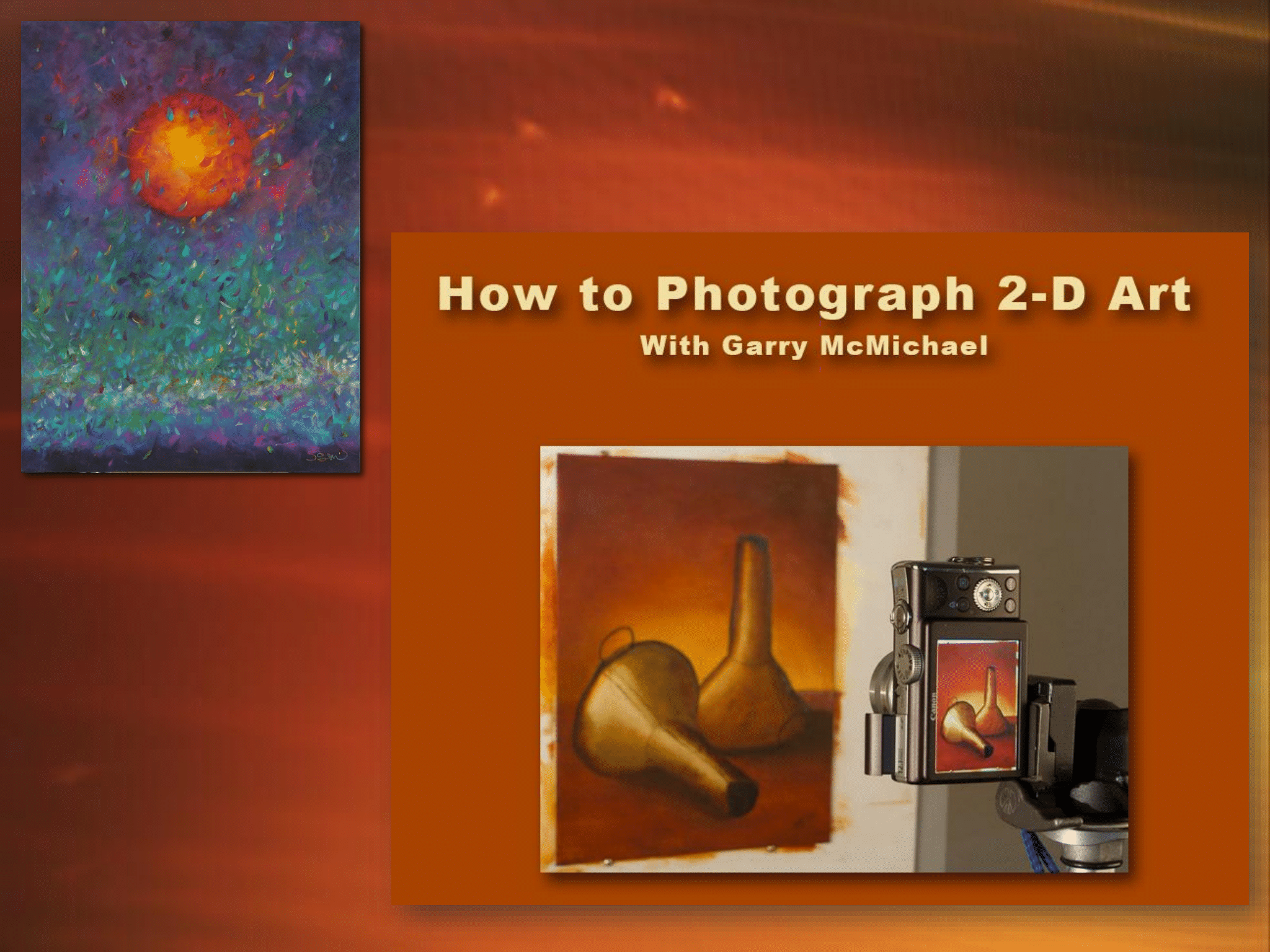Glossary of Terms
Camera Types: There are cell phones, point and shoot cameras and DSLRs (digital single lens reflex). All are appropriate for this photography work as long as the have a large sensor. It is preferable if you can set the ISO, F-Stop (aperature), Shutter speed, and manual focus. Key characteristic: camera must be able to mount on a tripod or sit securely on a support (tripod is best).
Tripod: Three legged support for a camera. It needs to be strong enough to hold the weight of the camera steady. For cell phones, there is an attachment to hold the cell phone on a standard tripod.
Light Set Up: The correct placement, distance and angles of the correct light to illuminate the subject without any shadows or uneven areas.
Keystoning: A visual effect in which a known shape is deformed by looking at it an an angle. Think: looking up at a tall building, the top looks narrower than thte base due to keystoning.
18% Grey Card: Available at all camera stores. All digital color algorithms are based off of the 18% grey of the card. Including the card with the artwork when taking the photo will allow for digital correction of any color issues.
Mixed Lighting: Light from different sources such as incondescent light bulbs and sunlight or leds. Sometimes even old vs new light bulbs give off slightly different light or color temperature.
Daylight bulbs at 5500K: Light is measured in degrees Kelvin. When purchasing light bulbs for photography (and studio use), daylight bulbs are the most neutral. All daylight bulbs are not created equal with different variations in their actual temperature. The Kelvin rating is on the packaging of the light bulbs.
Exposure Compensation: An adjustment to the amount of light entiring the camera. For the purpose of photographing art true to life, exposure compensation should be zero.
Glare and Reflections are natural effects of light on surfaces, especially shiny surfaces. These can be managed by equal lighting set ups, dark background behind the photographer and avoiding direct light from windows, mirrors and such.
ISO: stands for international standards organization. It is a measure of the sensitivity of the sensor in a camera (equivalent to traditional film speed). Higher ISOs, as with higher film speeds, are more sensitive to light but they also introduce aberrations called noise.
F-Stop or Aperature: The size of the opening when the shutter button is pressed.
Shutter Speed: the speed with which the shutter opens and closes.
Remote Release or Using the Timer: To prevent any image blurring due to camera shake, it is useful to use either the timer or a remote release to activate the camera hands free. Most cameras come with a timer. Remote releases are available from any camera store.
Calibrated Monitor: a calibrated monitor has been specifically adjusted to the 18% grey and color standards. A calibrated image will look exactly the same on any calibrated monitor but might look significantly different on a non-calibrated monitor. Using the grey card to set the white balance will guarantee that the image will be true to color when seen on a calibrated monitor.
White Balance: a term used to identify color relationships relative to true white.



